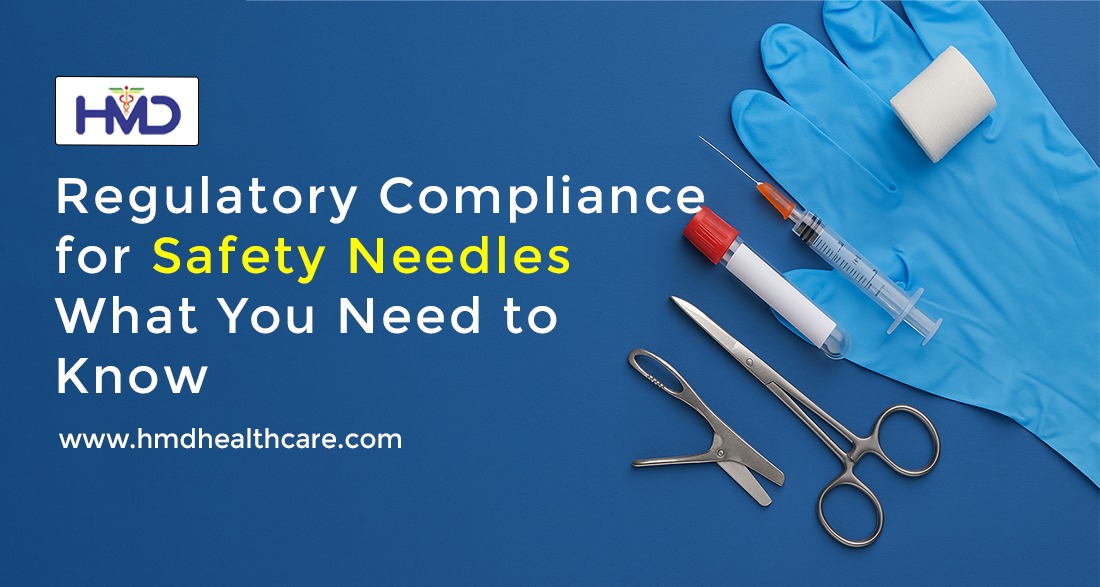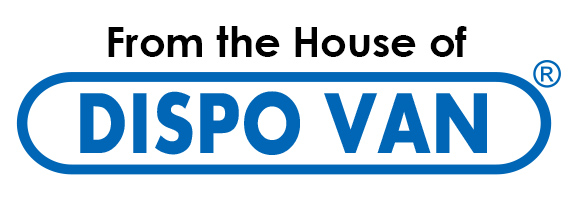

The use of safety-engineered needles has become a global healthcare priority—not only to safeguard patients, but also to protect healthcare staff against needlestick injuries (NSIs) and bloodborne pathogens. Regulatory agencies worldwide have established guidelines for the manufacturing, use, and disposal of safety needles to ensure safe practices. Compliance is not optional—it is a critical responsibility for every healthcare facility.
- Importance of Regulatory Compliance
Regulatory compliance goes beyond simply following the law—it is about:
- Creating safer workplaces.
- Enhancing patient care.
- Preventing costly fines and legal actions.
- Reducing the spread of infections like HIV, Hepatitis B, and Hepatitis C.
- Building trust between healthcare providers and patients.
Failure to comply can lead to:
- Legal implications.
- Accreditation loss.
- Reputational damage.
- Key Safety Needle Regulatory Guidelines Worldwide
a) United States – OSHA Bloodborne Pathogens Standard
- Requires engineering controls such as safety needles to reduce contact with bloodborne pathogens.
- Mandates annual training on safe needle use.
- Safety-engineered devices must be made available wherever feasible.
b) European Union – Sharps Directive (2010/32/EU)
- Covers all healthcare professionals in the EU.
- Requires risk assessments for sharps use.
- Mandates safe disposal systems.
- Prohibits unnecessary use of sharps.
c) Global – WHO & ISO Standards
- WHO recommends single-use, safety-engineered needles in all healthcare facilities.
- ISO 23908 specifies safety requirements for sharps protection devices.
- UL UKAS – International accreditation ensuring quality, safety, and competence compliance.
- ISO 13485 – Standard for quality management systems in medical device manufacturing.
- ISO 9001 – Global benchmark for quality management and continuous improvement.
- MDSAP – Medical Device Single Audit Program recognized across multiple regulatory authorities.
- CE 0297 – European conformity marking certifying product safety and regulatory compliance.
- Compliance Requirements for Safety Needles
To meet compliance standards, safety needles should:
- Be disposable and tamper-evident.
- Have in-built safety features such as hinged needle or push-button retraction
- Allow one-handed operation for user .
- Be compatible with standard blood collection equipment without performance loss.
- Responsibilities of Healthcare Facilities
Healthcare facilities must ensure:
- Supply of Approved Devices – Only locally and internationally compliant safety-engineered needles are used.
- Staff Training – Employees are trained on correct use, safety engagement, and disposal.
- Safe Disposal Systems – Containers must be puncture-proof, clearly labeled, and easily accessible.
- Incident Reporting – All NSIs must be reported, documented, and reviewed to prevent recurrence.
- Consequences of Non-Compliance
Failure to comply with safety needle regulations can result in:
- Heavy fines from regulatory bodies.
- Increased insurance premiums.
- Brand and reputation damage to the healthcare facility.
- Example – Dispojekt safety syringes
Dispojekt is designed to meet national and international safety standards, making it an ideal choice for compliance.
Key features:
- Hinged needle cover reduces injury risk during ejection.
- Single-use design improves infection control.
- Better visibility for users comfort
- Give pre and post use protectionof health care workers
Compliance with safety needle regulations is a legal, ethical, and professional obligation. By following OSHA, EU, WHO, and ISO guidelines, healthcare facilities can protect employees, reduce liability, and ensure high-quality patient care. Using certified devices, providing regular staff training, and implementing robust disposal systems are essential steps toward a safe and compliant healthcare environment.

